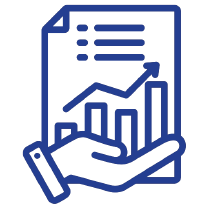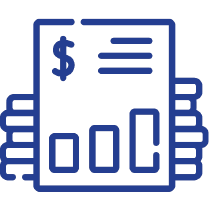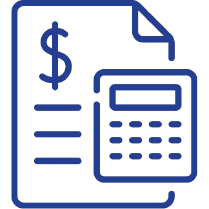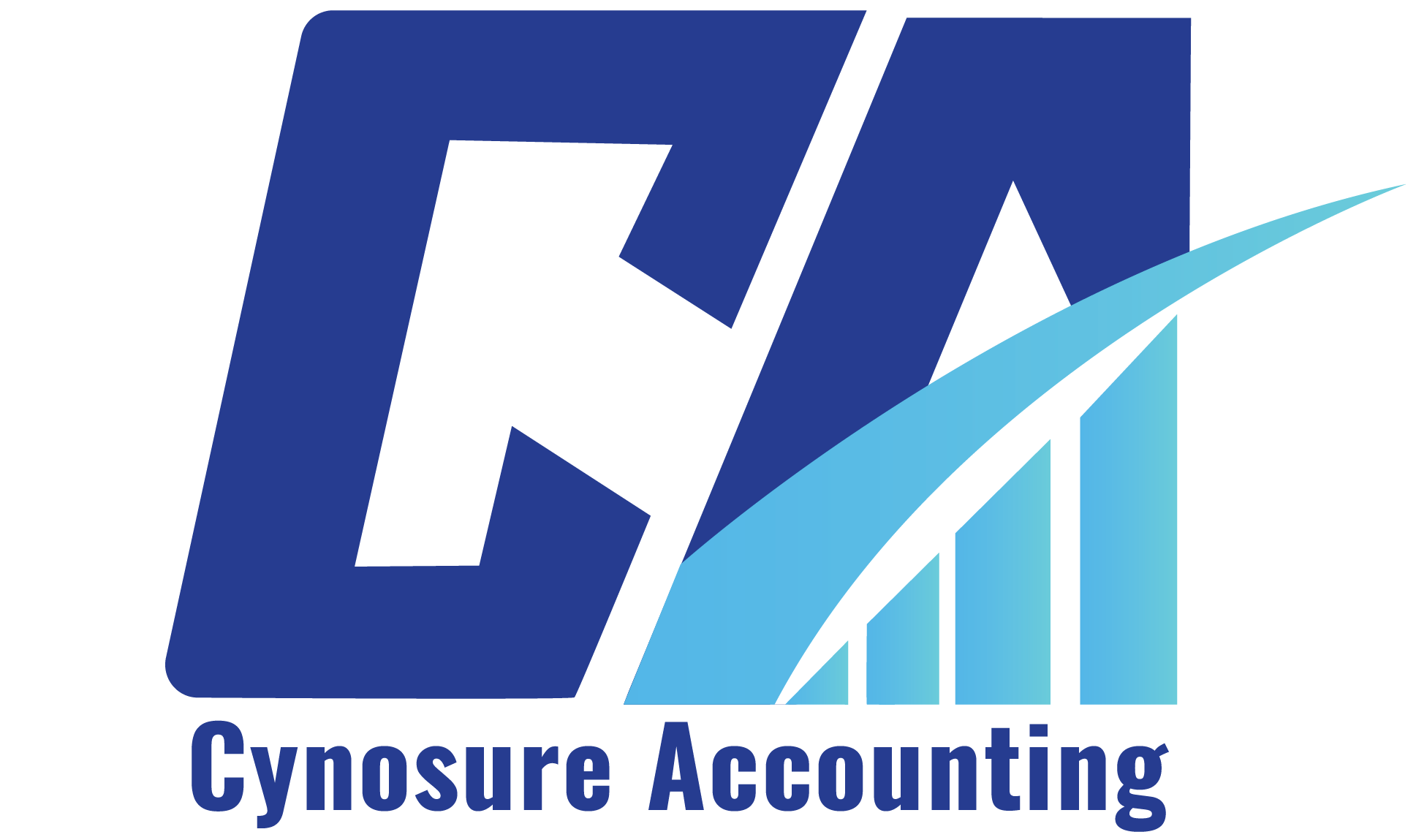Accounts Payable and Receivable
Simplify Accounts Payable and Receivable with Cynosure Accounting
Managing finances is a critical aspect of running a successful business. Understanding the differences between accounts payable and receivable is essential for maintaining financial health and ensuring smooth operations. At Cynosure Accounting, we specialize in providing expert guidance to streamline these vital processes.
Comprehensive Accounting Services for Your Business
At Cynosure Accounting, we provide professional accounting services designed to simplify financial management and drive your business success. Whether you’re a small business, a startup, or an established corporation, our expert team delivers tailored solutions that meet your unique needs.
What Are Accounts Payable (AP)?

Accounts payable represents the obligations your business owes to suppliers or vendors for goods or services received but not yet paid for. It’s categorized as a liability on your balance sheet and reflects future cash outflows.
Examples of Accounts Payable
- Supplier invoices for inventory, equipment, or materials
- Utility bills or lease payments
- Unpaid wages or salaries
Effectively managing accounts payable ensures your business avoids late fees, maintains vendor trust, and manages cash flow efficiently.
What Are Accounts Receivable (AR)?
Accounts receivable refers to the amounts customers owe your business for goods or services provided on credit. This is listed as an asset on your balance sheet since it represents future cash inflows.
Examples of Accounts Receivable
- Outstanding invoices for credit sales
- Payments due from recurring service contracts
- Unpaid balances on customer accounts
Efficient management of accounts receivable is essential for ensuring steady cash flow and effective financial management while avoiding financial bottlenecks
Key Differences Between Accounts Receivable and Accounts Payable
Definition
- Accounts Payable (AP): Money your business owes to suppliers.
- Accounts Receivable (AR): Money owed to your business by customers.
Balance Sheet Role
- Accounts Payable: Recorded as a liability.
- Accounts Receivable: Recorded as an asset.
Impact on Cash Flow
- Accounts Payable: Represents cash outflows.
- Accounts Receivable: Represents cash inflows.
Understanding these distinctions is crucial for effectively managing business finances and ensuring operational success.
Why Effective AP and AR Management Matters
Efficient accounts payable and receivable processes provide several benefits:
1. Optimized Cash Flow
Timely payments and collections ensure a smooth cash flow management, reducing the risk of shortages or liquidity issues.
2. Enhanced Business Relationships
Paying suppliers on time strengthens vendor trust, while efficient receivable collection fosters positive customer relationships.
3. Reduced Errors
Organized AP and AR processes help avoid errors, such as late payments or missed invoices, and generate financial accuracy and efficiency.
Ready to Simplify Your Finances?
Let Cynosure Accounting be your trusted partner in financial success. Contact us today to learn how we can transform your accounting and finance services processes and help your business thrive.
This structure ensures a smooth flow, clear subheadings, and concise paragraphs tailored for user intent and SEO optimization. Let me know if you’d like additional sections!
All Clients Are Important For Us






